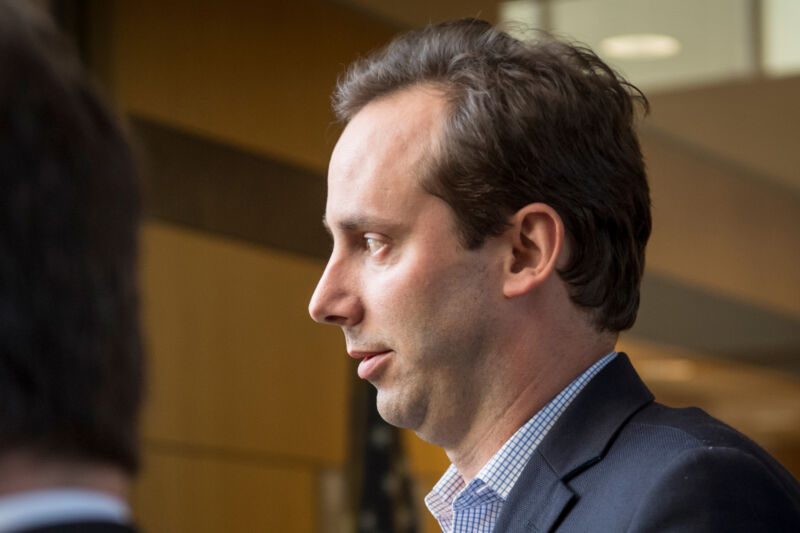
Famed self-driving engineer Anthony Levandowski was forced to declare bankruptcy last year after he lost a legal battle with Google over claims that he stole trade secrets on behalf of Uber. Now Uber is objecting to the proposed terms of his bankruptcy, arguing that he used legally dubious techniques to shelter his wealth from creditors.
Levandowski faces a skeptical bankruptcy judge. "I continue to view many of the transactions in which Mr. Levandowski engaged immediately prior to the filing of this bankruptcy case with an incredibly jaundiced eye," said Judge Hannah Blumenstiel during a phone conference last week.
Levandowski received tens of millions of dollars in compensation from Google in 2015 and 2016 for his work on self-driving technology. In October 2016, Google initiated an arbitration process to claw the money back, arguing that Levandowski had stolen trade secrets from Google on his way out the door. Uber alleges that Levandowski then took a number of steps to make it difficult for Google, Uber, or other creditors to get their money back.
Among the transactions that drew Uber's ire: Levandowski used a donor-advised fund to funnel $175,172 to Way of the Future, an AI "church" that Levandowski founded in 2017. The church got an in-depth write-up by our sister publication Wired in 2017. At the time, Levandowski said he would receive no salary from Way of the Future.
The focus of Uber's objection is Levandowski's request that courts shield from creditors $17.2 million in a Roth IRA. Tax law limited Roth IRA contributions to $5,500 per year when Levandowski opened it in 2016—a figure that has since risen to $6,000. So how did he accumulate $17.2 million in five years?
According to Uber, Levandowski deposited $4,326 in cash around April 2016 and used the money to purchase 4,326,000 shares of Otto Trucking at a price of 0.1 cents per share. When Uber acquired Otto, these shares became worth millions of dollars. Uber says Levandowski sold half of them for $11.9 million, keeping the cash inside the IRA. He sold the rest of the shares to his business partner Robert Miller, in exchange for a $5.3 million promissory note.
Retirement accounts are often shielded from creditors in bankruptcy proceedings. But Uber argues that rule shouldn't apply here because Levandowski violated several IRA rules when he set up the account. Tax law requires IRA money to be used for arms-length investments. Uber argues that investing in Levandowski's own company doesn't qualify.
Uber says Levandowski also took other steps to shield his assets from creditors. For example, in 2017, he bought a house for his father and stepmother for $949,000. He then "sold" it back to the stepmother for $720,000. Rather than paying cash, she gave him an unsecured promissory note with a balloon payment that comes due in 2048, effectively allowing her to live in the home rent-free for 30 years.
According to Uber, Levandowski invested $250,000 in a company founded by his fiancée on March 4, 2020, the same day he filed for bankruptcy.
In addition, Uber says Levandowski loaned more than $10 million to entities controlled by his college friend and longtime business partner Randall Miller. He funneled millions more to his new self-driving startup Pronto.ai.
Uber urged Judge Blumenstiel not to accept Levandowski's claim that he needed the $17.2 million in his IRA to support himself in retirement. Uber pointed out that Levandowski has more than $400,000 in more conventional retirement accounts that likely will be protected in bankruptcy. Even if his various other assets are stripped away in the bankruptcy process, the company argued, the 40-year-old's skills as an engineer and manager should enable him to make a good living over the next 20 years.
Article From & Read More ( Uber: Bankrupt engineer Levandowski is hiding millions from creditors - Ars Technica )https://ift.tt/3pwksII
Tecnology
Bagikan Berita Ini














0 Response to "Uber: Bankrupt engineer Levandowski is hiding millions from creditors - Ars Technica"
Post a Comment